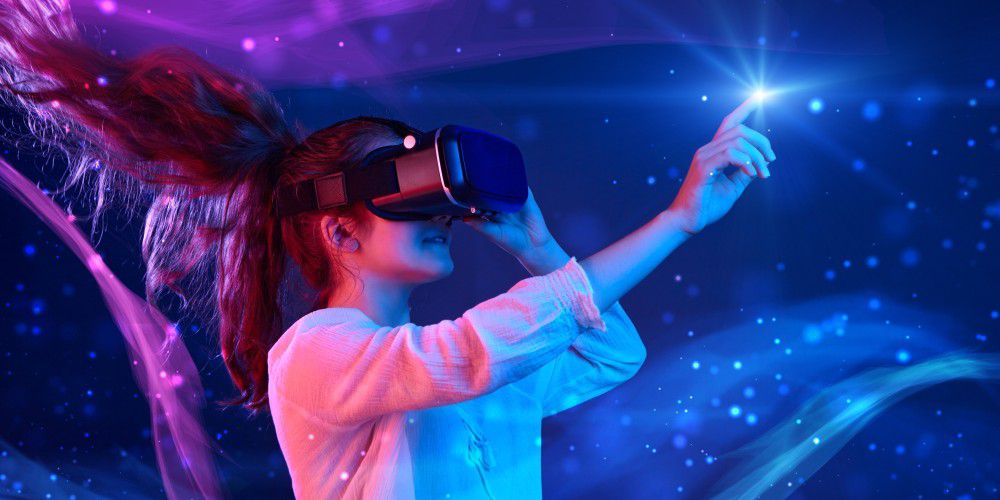The fact that default avatars can communicate with each other in the same (default) setting seems like a distant future, but Apple is still thinking ahead.

a few days ago
A patent from Apple in the US Patent Office
Featured well on the pages of a real science fiction book. In it, the inventors describe the control of various avatars in virtual situations. Above all, inventors are concerned with how to maintain the social boundaries of human communication in the virtual space, and more simply, how one can avoid virtual troublemakers.
Almost as in real life
Apple’s answer is simple: You rely on a set of rules that simplify social interactions in real life, too: Everyone, sorry Avatar, has a certain personal limit in the virtual space. Other people, symbolic pardons, are not allowed to go beyond this limit unless there are significant reasons for it: the two images are familiar to each other through previous social interactions; People may say that they are good acquaintances or even friends. In another case, a concrete hypothetical situation justifies the close contact between unknown avatars, Apple cites studio boxing training as an example: the two students may not know each other, but they are training in sparring with the same coach.
But if an avatar permanently annoys others for no good reason, Apple has thought of several ways to combat it. If a certain audio limit is exceeded during conversations, then simply when the avatars yell at each other, the volume can be automatically adjusted by the transmission systems. In extreme cases, the avatar is simply muted.
Virtual Space Limits
In the event that an avatar constantly crosses the personal boundaries of others and simply passes it through other avatars, the system is presented to others as flashing, transparent or reduced in size relative to the naughty. As for the naughty himself, the portrayal of others does not change, and he will continue to believe that he is going through others and thus annoys them. In extreme cases, if the hooligan does not accept social boundaries, he can become completely invisible in virtual space and be almost eliminated from virtual reality.
It is not known if the invention from this patent will ever become a reality. However, the text clearly explains how Apple sees the evolution in the direction of augmented reality, virtual reality, and other composite realities. At the beginning of the patent, common terms such as SR (Simulated Reality), VR, AR, MR, etc. are described and how they differ from each other.

“Certified gamer. Problem solver. Internet enthusiast. Twitter scholar. Infuriatingly humble alcohol geek. Tv guru.”





